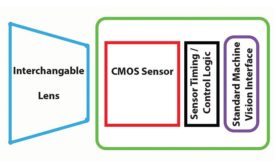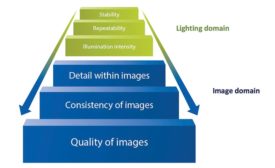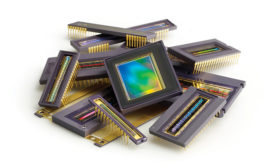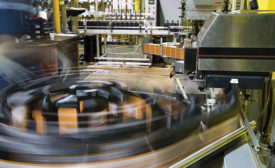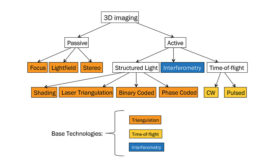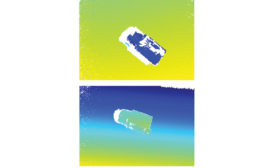Home » machine vision
Articles Tagged with ''machine vision''
Machine vision cameras will continue driving demand for high-bandwidth interfaces and higher resolution as well as higher speed sensors.
Read More
The Importance of Consistent Illumination in Machine Vision
Machine vision systems evaluate the image of the object, not the object itself, so the first stage in the process is to get the correct lighting arrangement for the application.
January 1, 2017
Fueling Innovation in Machine Vision
Advances from the networking industry are again set to help support next-generation imaging systems.
December 1, 2016
CMOS Sensors Continue to Advance
Consumer tech drives CMOS sensor advancements and lower costs, and delivers a boon for machine vision applications.
December 1, 2016
Vision Interfaces 101
As resolution and frame rates increased over time, so have the requirements for camera interfaces.
September 1, 2016
A Closer Look at 3D Imaging
Capturing the third dimension can be done in many different ways, and each of the machine vision technologies available has its pros and cons.
September 1, 2016
How to Set Up a Stereo Machine Vision Solution
Understanding the strengths and limitations of this technology will increase your probability of successful integration.
September 1, 2016
Stay in the know with Quality’s comprehensive coverage of
the manufacturing and metrology industries.
eNewsletter | Website | eMagazine
JOIN TODAY!Copyright ©2024. All Rights Reserved BNP Media.
Design, CMS, Hosting & Web Development :: ePublishing
